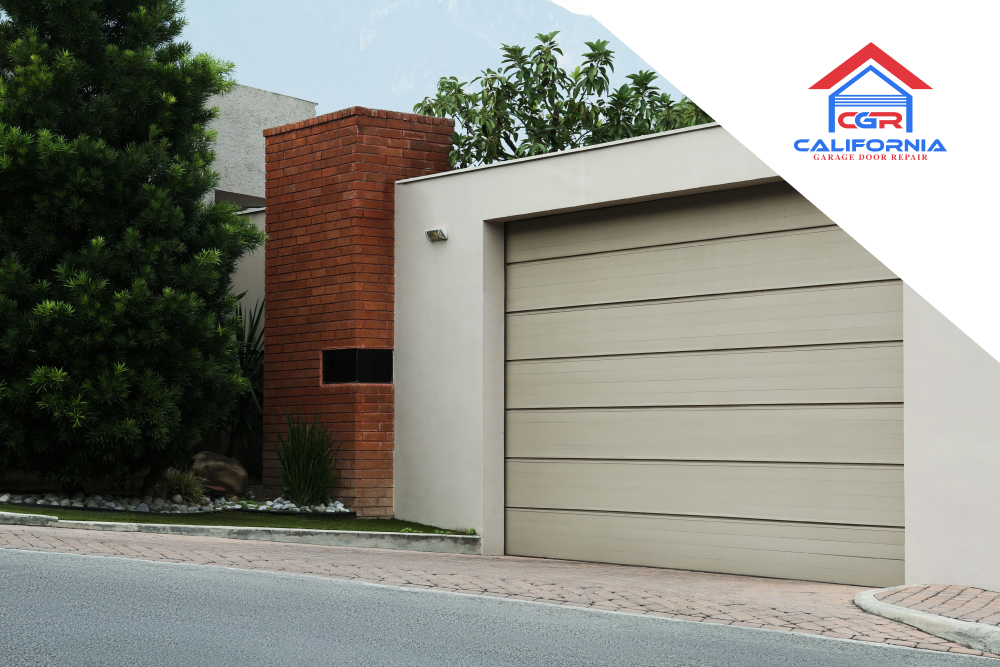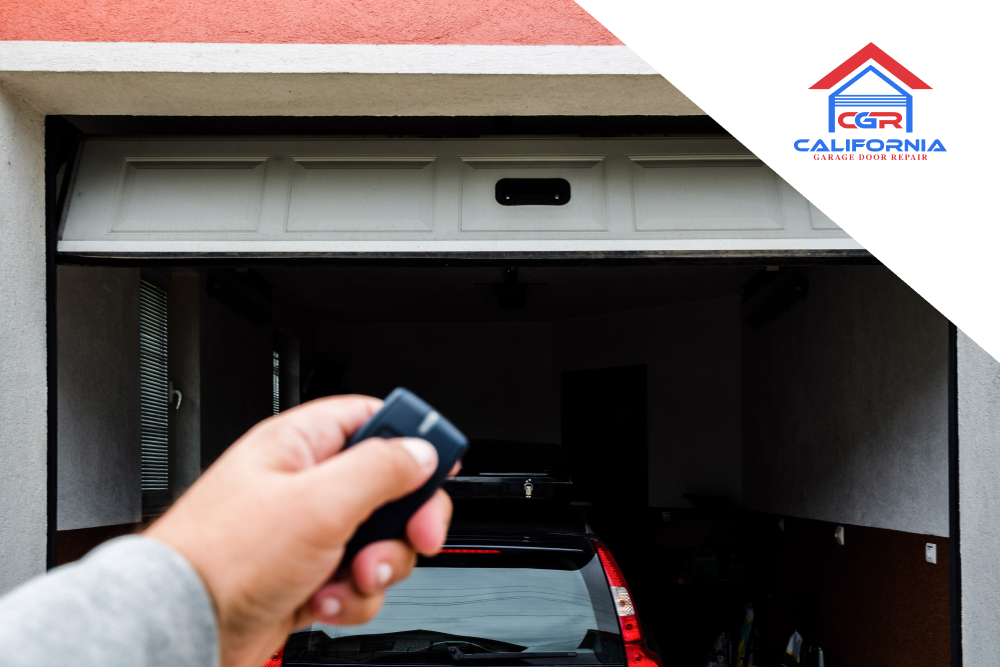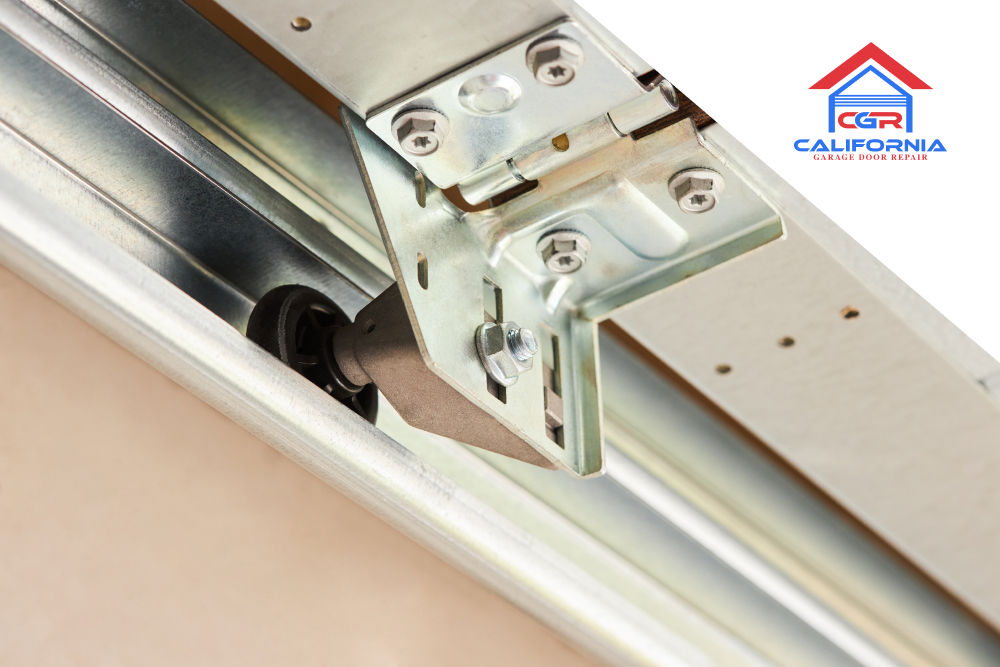If you have a roll-up garage door that you want to insulate, our team at CA Garage Door Repair is here to help! In this post, we will walk you through the process together with additional tips to maximize your insulation’s benefits.
Why you should get roll-up garage door insulation
There are many insulated garage door benefits, especially if you need protection against harsh winters or sweltering summers. Overall, our team recommends insulating roll-up doors, so you’ll enjoy these perks:
1. Energy Efficiency
By maintaining a steady temperature in your garage, your heating or cooling systems will have less work to do. Aside from cutting your energy bills, it will also reduce the wear and tear of your HVAC system.
2. Keeping you comfortable
This way, you can keep your garage usable even when the outside temperature is intense or you don’t have cooling or heating in your garage.
3. Noise Reduction
In reverse, insulation will also contain the noise in your garage to some extent. This is helpful if you’re using the garage as a workshop and don’t want to disturb your neighbors with too much clattering and hammering.
4. Moisture Control
5. Increasing your property’s market value
Step-by-step: how to insulate a roll-up garage door
Insulation can be part of the garage door installation from the very beginning or as an additional service later on. Whatever the case is, our team usually follows these steps:
Step 1. Preparing all the necessary materials
Aside from that, you’ll need some durable double-sided tape or a similar adhesive. You also have the option to use screws and washers for a more stable installation. However, there would be screw tips poking on one side.
Step 2. Preparing the door
Once you have all the materials you need, the next step is to prepare your door.
First, you need to clean the metal of any dust and dirt that have accumulated on its corrugated construction. And if there are garage door problems, you should consider calling a roll-up door repair service to have it fixed first.
Step 3. Measuring and cutting the insulation material
Step 4. Installing the insulation material
First, you should place a whole strip of adhesive or a set of screws on the spot where the top of the insulation will be placed. After that, you’ll add more adhesive every 18 inches of your door horizontally.
Once you have the adhesive all set, simply press the foil side of the insulation into the double-sided tape. Make sure you overlap the seams about 2 to 3 inches to prevent any leaks or gaps.
Step 5. Sealing gaps or leaks
This will prevent the edges from gathering dirt and losing adhesion. Also, it will prevent hot/cold air from entering/exiting your garage.
Step 6. Testing the door
Additional tips when installing garage door insulation
1. Consider a bottom seal
2. Insulate hardware and hinges
However, make sure you won’t impede the smooth operation of the hinges when insulating them. Always test your door and make necessary changes if there are problems with how it opens or closes.
3. Check the door balance
If your door looks lopsided, makes a squeaky noise, or the opener motor works harder, you may have to tweak something on the setup. It’s either you need to change the opener settings or look for parts where the insulation might be blocking the door from rolling smoothly.
4. Don’t neglect ventilation
Aside from that, you should consider putting up a window on your garage door if you don’t have one yet. You should also install humidity monitors to keep an eye on moisture-related issues in your garage over time.
5. Choose the right insulation material
Lastly, you should think about your budget when selecting an insulation material. In general, high-quality and high-R-value materials will cost more, but it’s worth the investment if you need maximum protection for your garage.
Is DIY garage door insulation a good idea?
DIY insulation can be a cost-effective option and you can also work on it at your own pace. But if you don’t have an idea how a garage door works, you’re better off calling a professional like CA Garage Repair to install it for you.
Overall, insulating a roll-up door is easy if you have some knowledge of the basics of garage doors. However, the main challenge is finding top-quality insulation and ensuring that your door will work properly.
Get professional garage door insulation today!
If you don’t have the time to go through the hassle of DIY insulation, feel free to call us at CA Garage Door Repair! Our technicians can install insulation to any door type and size, including your trusty roll-up.
Aside from insulation, we also provide complete garage door repair in case your door needs a few fixes. You can count on us to get your roll-up door up and running in just a few hours, complete with high-quality insulation.
Still shopping around? Get a free, no-obligation quote from us – we will give you the best bang for the buck!





